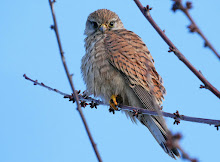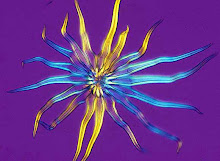This a Douglas fir Pseudotsuga menziesii cone,
easily recognisable by the papery bracts, resembling the hind legs and tail of
a mouse, above each scale. Native American folklore has it that mice climbed
the trees and hid amongst the cone scales when fires swept across the forest
floor.
Douglas fir’s
wind-dispersed, winged seeds are only about a centimetre long but grow into a
giant tree in its native Pacific North West of America, where some are believed
to have grown even taller than giant redwoods, reaching almost 400ft., before
the finest specimens were felled for their exceptionally fine timber. Douglas
firs planted in Britain grew very rapidly, with some now exceeding 200ft.,
making them amongst the tallest trees in the British Isles.

























No comments:
Post a Comment
Note: Only a member of this blog may post a comment.